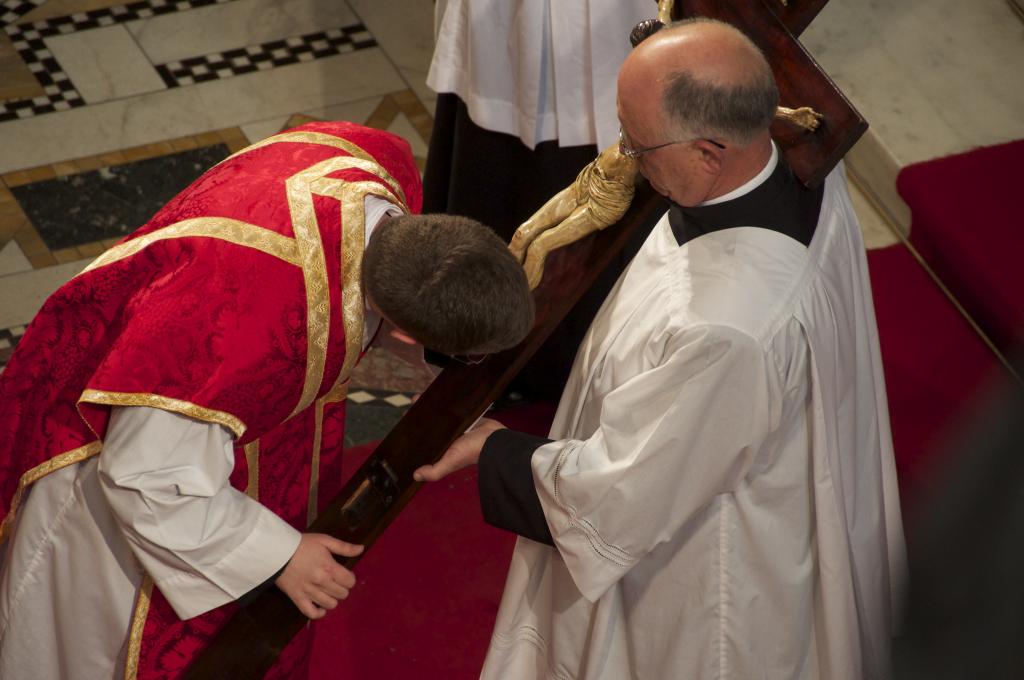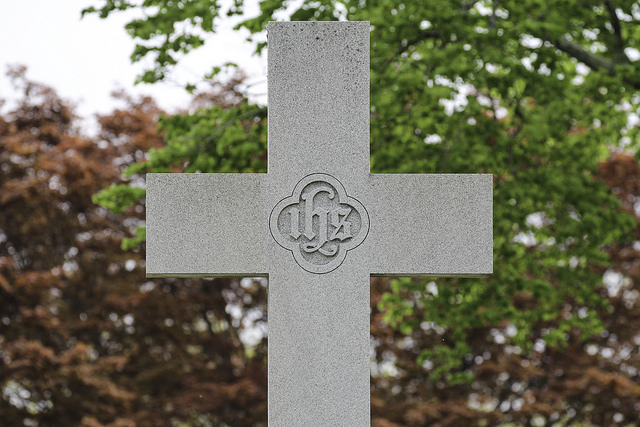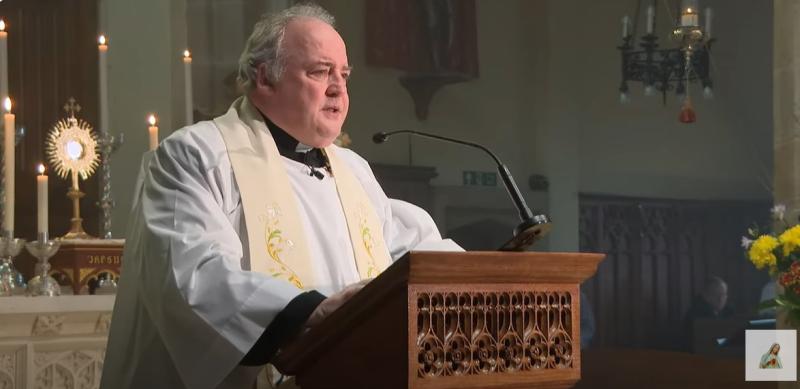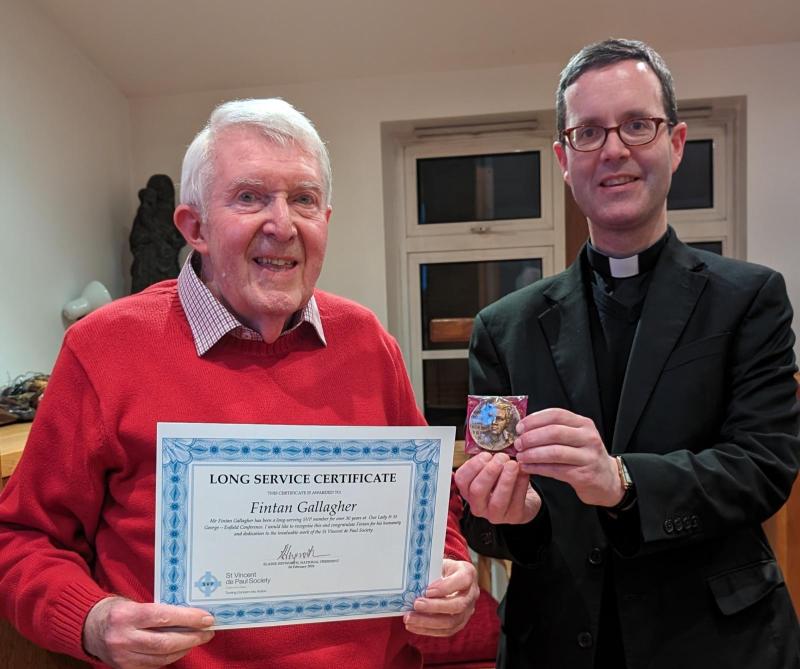In his homily for the Solemn Liturgy of the Passion at Westminster Cathedral Cardinal Nichols reflected on the use of the words ‘glory, grace and truth’ in the day’s Gospel reading and considered how beauty can be seen in the Crucifixion, by the horror humanity can create and the sacrifice of love Jesus made for us overcoming it:
‘Good Friday is the history of our humanity in all its horror and destructiveness. In him we see the terrible truth of our human condition, all our awful history of damage and destruction of each other, of the ways we disfigure and deface all that is good and beautiful.’
‘Yet already a new horizon is dawning because we know that in the person of Jesus we do not see a helpless victim but rather one who has willingly accepted the cross and embraced all its horror. In him we see love expressing itself unto the very end, faithful, paying the ultimate price, never wavering from love's embrace. In him we see the beauty of limitless love.’
‘All beauty, if it is not to be superficial or fleeting, must overcome all that opposes it. True beauty endures. It is always more than skin deep. Here, in Jesus, in this one man, is the whole of God's eternal and created beauty: the beauty of love overcoming all limitation. Here, in Jesus, we see the eternal plan of God for all his creation. It is stunning and absolutely compelling.’
In commemoration the crucifixion and death of Jesus on Good Friday, the consecration of bread and wine into the Sacrament of the Eucharist does not take place, rather the Body and Blood of Christ, prepared at the Mass of the Lord’s Supper on Maundy Thursday, is used in the service.




